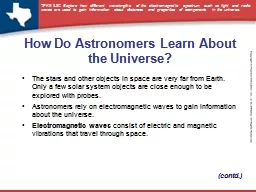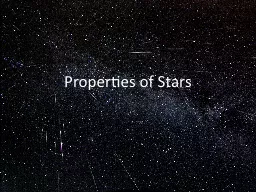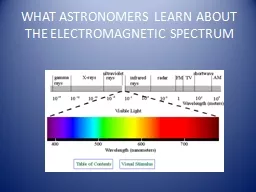PPT-Stars with varying light output allow astronomers to map th
Author : pamella-moone | Published Date : 2016-10-11
Section 1 The Milky Way Galaxy K What I Know W What I Want to Find Out L What I Learned Essential Questions What is the size and shape of our galaxy What are the
Presentation Embed Code
Download Presentation
Download Presentation The PPT/PDF document "Stars with varying light output allow as..." is the property of its rightful owner. Permission is granted to download and print the materials on this website for personal, non-commercial use only, and to display it on your personal computer provided you do not modify the materials and that you retain all copyright notices contained in the materials. By downloading content from our website, you accept the terms of this agreement.
Stars with varying light output allow astronomers to map th: Transcript
Download Rules Of Document
"Stars with varying light output allow astronomers to map th"The content belongs to its owner. You may download and print it for personal use, without modification, and keep all copyright notices. By downloading, you agree to these terms.
Related Documents














